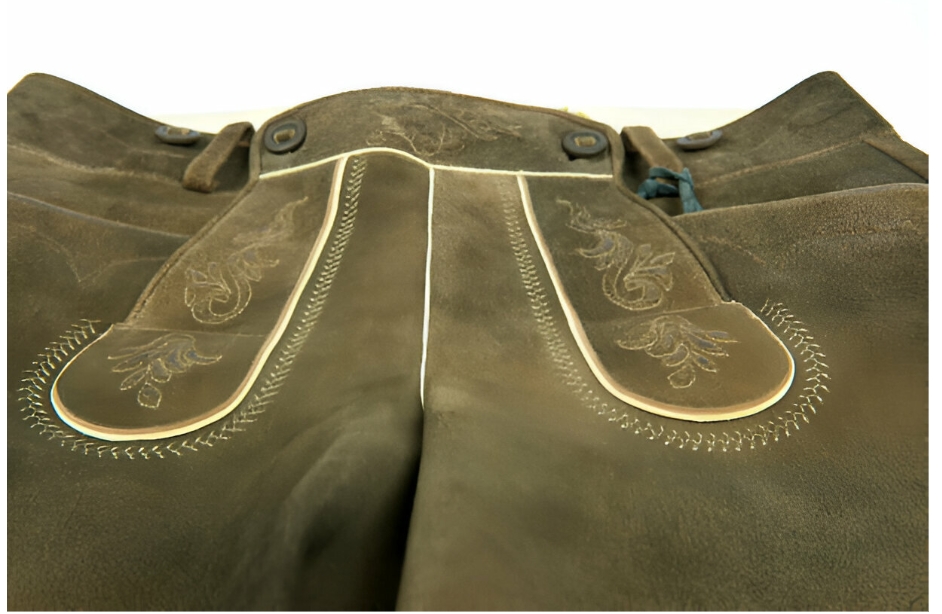The digital printing landscape has undergone remarkable transformation over the past decade, with technological innovations pushing the boundaries of what’s possible in large-scale reproduction. Modern printing facilities and creative studios are increasingly turning to sophisticated equipment that can handle diverse media types while maintaining exceptional output quality. An advanced large format printer represents the pinnacle of this evolution, combining precision engineering with cutting-edge inkjet technology to deliver results that were once thought impossible outside traditional offset printing environments. These sophisticated machines have become indispensable tools for industries ranging from architectural visualization to fine art reproduction, offering unprecedented versatility in substrate compatibility and color accuracy that enables creative professionals to realize their most ambitious projects.
Revolutionary Inkjet Technology and Precision Engineering
Contemporary large format printing systems utilize piezoelectric printheads operating at frequencies exceeding 40 kHz, enabling droplet placement accuracy within 0.02% positional tolerance. The latest generation of these printers incorporates variable droplet technology, producing droplets ranging from 1.5 to 21 picoliters depending on image content requirements. This precision allows for smooth gradations in photographic reproductions while maintaining sharp edge definition in technical drawings and architectural plans.
Advanced fluid delivery systems maintain consistent ink viscosity through temperature-controlled channels, ensuring uniform droplet formation across the entire print width. Multi-channel printhead configurations, often featuring 12 or more independent color channels, enable extended gamut printing that surpasses traditional CMYK limitations by incorporating light cyan, light magenta, and specialized spot colors like orange and green.
Substrate Versatility and Media Handling Innovations
Modern large format systems accommodate substrate weights ranging from 80 GSM papers to rigid materials exceeding 50mm thickness. Vacuum-assisted media handling systems maintain flatness across print widths up to 3.2 meters, while pneumatic pinch roller assemblies provide consistent tension control for flexible media feeding.
Temperature and humidity sensors integrated within the print path automatically adjust environmental conditions to optimize ink adhesion and prevent cockling in sensitive substrates. Roll-to-roll configurations support continuous printing on materials exceeding 150 meters in length, while flatbed hybrid systems enable direct printing on three-dimensional objects and irregular surfaces.
The integration of automatic media detection sensors identifies substrate characteristics including thickness, surface texture, and ink absorption properties, automatically adjusting print parameters including droplet size, firing frequency, and curing temperature to optimize output quality for each specific material type.
Color Management and Spectrophotometric Precision
Professional-grade large format printers incorporate integrated spectrophotometers capable of measuring color accuracy within Delta E values below 1.0 under standardized viewing conditions. These systems generate custom ICC profiles for each substrate and ink combination, ensuring color consistency across multiple print runs and different environmental conditions.
Advanced color management workflows utilize 16-bit processing pipelines, maintaining tonal gradation integrity throughout the reproduction process. Automated calibration routines perform regular nozzle checks and color adjustments, compensating for environmental variables and normal printhead wear to maintain consistent output quality over extended production runs.
Multi-zone color correction algorithms analyze image content and apply localized adjustments to compensate for substrate absorption variations and printhead performance characteristics, ensuring uniform color reproduction across the entire print surface regardless of image complexity or tonal distribution.




